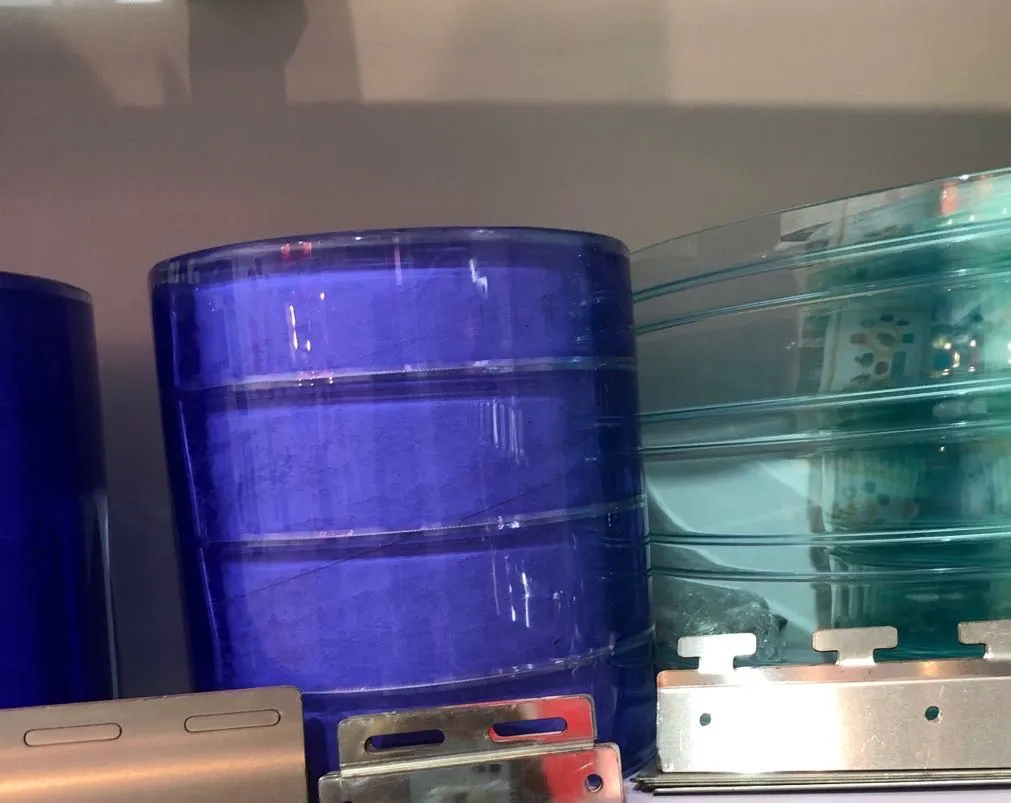- Afrikaans
- Albanian
- Amharic
- Arabic
- Armenian
- Azerbaijani
- Basque
- Belarusian
- Bengali
- Bosnian
- Bulgarian
- Catalan
- Cebuano
- Corsican
- Croatian
- Czech
- Danish
- Dutch
- English
- Esperanto
- Estonian
- Finnish
- French
- Frisian
- Galician
- Georgian
- German
- Greek
- Gujarati
- Haitian Creole
- hausa
- hawaiian
- Hebrew
- Hindi
- Miao
- Hungarian
- Icelandic
- igbo
- Indonesian
- irish
- Italian
- Japanese
- Javanese
- Kannada
- kazakh
- Khmer
- Rwandese
- Korean
- Kurdish
- Kyrgyz
- Lao
- Latin
- Latvian
- Lithuanian
- Luxembourgish
- Macedonian
- Malgashi
- Malay
- Malayalam
- Maltese
- Maori
- Marathi
- Mongolian
- Myanmar
- Nepali
- Norwegian
- Norwegian
- Occitan
- Pashto
- Persian
- Polish
- Portuguese
- Punjabi
- Romanian
- Russian
- Samoan
- Scottish Gaelic
- Serbian
- Sesotho
- Shona
- Sindhi
- Sinhala
- Slovak
- Slovenian
- Somali
- Spanish
- Sundanese
- Swahili
- Swedish
- Tagalog
- Tajik
- Tamil
- Tatar
- Telugu
- Thai
- Turkish
- Turkmen
- Ukrainian
- Urdu
- Uighur
- Uzbek
- Vietnamese
- Welsh
- Bantu
- Yiddish
- Yoruba
- Zulu
curtain wall
The Evolution and Significance of Curtain Walls in Modern Architecture
The curtain wall is a term that has become synonymous with modern architectural design. It refers to a non-structural outer covering of a building, where the outer wall is attached to the building's frame but does not support it. This innovative design element has transformed the skyline of cities worldwide, offering both aesthetic appeal and functional advantages. As urbanization accelerates and building technology evolves, curtain walls continue to play a critical role in shaping the architectural landscape.
Historically, the concept of curtain walls can be traced back to the early 20th century. The Industrial Revolution marked a turning point in architectural design as new materials like steel and glass became available. These materials not only facilitated the construction of taller buildings but also allowed for expansive surfaces that could seamlessly integrate natural light into interiors. This led to the birth of the curtain wall system, first prominently seen in the 1950s with iconic structures such as the United Nations Headquarters in New York City, designed by Oscar Niemeyer and Le Corbusier.
One of the primary advantages of curtain walls is their lightweight nature, which enables architects to create expansive surfaces while minimizing the structural load on the building's frame. This allows for more flexible floor plans and opens up a multitude of design possibilities. The combination of glass and metal not only enhances the visual appeal of buildings but also improves energy efficiency. Modern curtain walls often incorporate thermal insulation and low-emissivity (Low-E) glass, which reflects heat while allowing natural light to enter, thereby reducing the need for artificial lighting and climate control.
In addition to aesthetic and functional benefits, curtain walls have a significant role in enhancing building performance. They act as a protective skin that shields the interior from external elements, improving resilience against weather conditions. This is particularly important in urban environments where buildings are exposed to the elements and varying climates. Advanced curtain wall systems are designed to resist wind loads, provide water intrusion resistance, and ensure thermal performance, contributing to the longevity of the structure.
curtain wall

The aesthetic versatility of curtain walls has also played a vital role in their popularity. Architects can manipulate form, color, and texture, allowing for the creation of unique and striking facades. The use of various materials—such as aluminum, glass, stone, and even innovative composites—has expanded the creative possibilities for building designs. This flexibility has enabled the implementation of iconic buildings, such as the LG Display headquarters in South Korea and the Hearst Tower in New York City, both representing a blend of cutting-edge technology and artistic expression.
Sustainability has become a crucial aspect of architecture in recent years, and curtain walls are no exception. As the demand for energy-efficient buildings rises, many architects are incorporating green technologies into curtain wall design. Features such as photovoltaics, green walls, and rainwater harvesting systems are becoming increasingly integrated into curtain wall structures. These innovations not only reduce the environmental footprint of buildings but also contribute to the well-being of their occupants by enhancing air quality and providing natural habitats for urban wildlife.
Despite their numerous benefits, curtain walls are not without challenges. The complexity of their installation requires skilled labor, and if not properly designed and constructed, they can lead to issues such as water leaks or thermal inefficiencies. As a result, it is essential for architects and builders to collaborate closely, ensuring that curtain wall systems are executed with precision and care.
In conclusion, curtain walls have revolutionized the field of architecture by providing both functional and aesthetic benefits. As urban areas continue to develop and the demand for sustainable design increases, curtain walls will remain a pivotal element in modern architecture. Their ability to unify form and function, while embracing advanced materials and technologies, positions them as a key feature in the creation of dynamic and innovative urban environments. As we look to the future, the evolution of curtain walls will undoubtedly continue to shape our cities and the way we experience architecture.
-
Plastic Curtain for AC – Energy Saving & Easy Installation Perfect for Room and Freezer UseNewsJul.04,2025
-
Industrial Strip Curtains - Durable PVC & Plastic Solutions for Industrial DoorsNewsJun.24,2025
-
PVC Curtain Strip – Durable Standard PVC Strips for DoorsNewsJun.10,2025
-
PVC Strip Curtain – Durable & Transparent Plastic Strips for Industrial Use Affordable PricesNewsJun.10,2025
-
Clear Plastic Door Curtains Durable & Insulating VisibilityNewsJun.09,2025
-
Commercial Strip Curtains Energy Savings & Durability for Industrial UseNewsJun.09,2025



